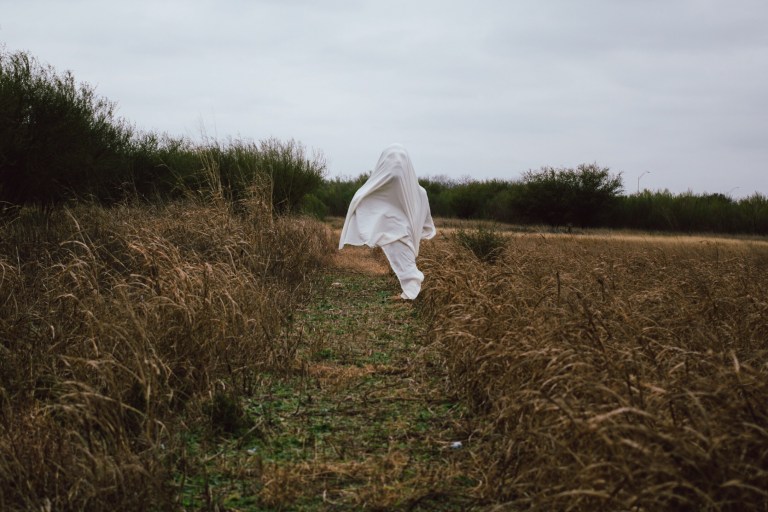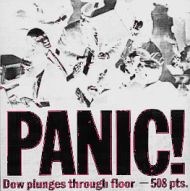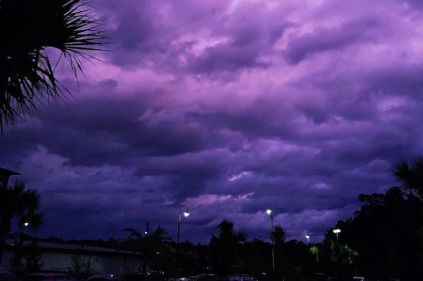Bret Easton Ellis: Imperial Bedrooms
In Imperial Bedrooms, Clay buys two escorts –– a teenaged boy and girl –– and brings them to a house in Palm Springs. The boy is from down under, Australia. The girl from the Bible Belt, Memphis. At one point, Clay is “smeared in shit” and pushes his fist into the girl. She shrieks with…
By Paul Barker


Bret Easton Ellis: Imperial Bedrooms
In 1985, at the ripe age of twenty-one, Bret Easton Ellis published his debut novel Less Than Zero. The New York Times christened it one of the most disturbing books of the eighties, and the American public agreed. Zoom to 2010. Now forty-six, Ellis publishes his seventh novel Imperial Bedrooms today, the sequel to Less Than Zero. And, so what of it? Will Imperial Bedrooms be to the 2010s what the original was to the 1980s? Is it as disturbing as the original supposedly was?
The answer is Imperial Bedrooms is much more disturbing, much more gut-wrenching than the original. The sequel is essentially the same story as Less Than Zero but with one, decisive difference: heightened intensity. What was awful in 1985 has become horrendous in 2010: painful adolescence has devolved into full-fledged middle-aged devastation. The gloves are off. The volume has been cranked up. The temperature has risen from hot to infernal.
1985 – 2010: As much as things change, they stay the same.
In Less Than Zero, Rip was a rapist and a drug dealer. In Imperial Bedrooms, he is a domestic terrorist and a drug lord.
In 1985, Julian was a prostitute and a junkie. In 2010, he is a sober adult running a teenage escort service. He consciously and soberly subjects the next generation to what had almost destroyed him as a teenager. He deliberately imposes the same wicked cycle on a new generation. Sobriety, in this context, is hardly an accomplishment. Worse, any chance of redemption –– of Julian giving up drugs and hustling –– is wiped out. Julian is tortured, murdered, and dumped behind an abandoned apartment building in Los Feliz, his body so mutilated, so bludgeoned that it is beyond recognition.
As a teen, Blair was a vulnerable, self-lacerating girl. As an adult, she seems to have changed and made it work as much as one can in Ellis’ Los Angeles. She has married Trent, a bisexual philanderer. They have kids, a real family. By the end of the novel, she has retrograded into her teenage self and gone back to Clay, the boy who once broke her heart. Only this time around he will probably break much more.
When Blair bites her lower lip she’s eighteen again.
Because Clay has regressed into a violent lunatic, a sort of reworked and realistic version of Patrick Bateman. Before, Clay was the boy “who wouldn’t save a friend” and “couldn’t love the girl.” Now: he is the man who assisted in the murder of Julian and beats women, both emotionally and physically. He is now the man who murdered his friend, the man who hates and fears women and all of humanity.
Less Than Zero began with Blair picking up Clay from Los Angeles International Airport. As Clay got out of the car, Blair said to him: “You look pale.” The novel ended on a restaurant patio overlooking Sunset Boulevard where Clay broke it off with Blair.
Imperial Bedrooms begins with a chauffeur picking up Clay from LAX. It ends in the parking lot of the Hollywood Forever Cemetery, where Clay and Blair seem to get back together. As they both jump into a black Mercedes, Blair says to Clay: “You’re so pale.”
The empty Ferris wheel looms over us we pass by barely visible in the haze, just a dim circle…
This is what 25 years have done. Everyone is still acting out the same script. It is just that now the movie is NC-17. What was mostly latent is now explicit: Clay no longer looks pale, he is so pale. He no longer seems evil, he is evil.
The cover artwork reinforces this entropy. The 25th anniversary version of Less Than Zero is the shadow of a teenage boy. It is ghastly, ominous. The cover of Imperial Bedrooms shows the shadow of an older man with horns. The typeface has bled from yellow to red. What was hazy has become clear: Clay is demonic, he is satanic.

In Less Than Zero, Clay watched a john from Indiana sodomize Julian. Clay was horrified. But he did not close his eyes. He watched, engaged; he needed to “see the worst.” As all this happened, a fly buzzed around the hotel room.
In Imperial Bedrooms, Clay buys two escorts –– a teenaged boy and girl –– and brings them to a house in Palm Springs. The boy is from down under, Australia. The girl from the Bible Belt, Memphis. At one point, Clay is “smeared in shit” and pushes his fist into the girl. She shrieks with shock until the boy stuffs her mouth with his cock, gagging her. Shortly thereafter, Clay tells us that “the devil was calling out to [the girl] but it didn’t scare her anymore because she wanted to talk to him.” All the while, in the background, a group of crickets buzz and hiss incessantly.
HELL IS EMPTY AND ALL THE DEVILS ARE HERE cries Ariel in Shakespeare’s Tempest and it is this sentiment, this belief which makes Imperial Bedrooms such a disturbing, such a despairing book. The novel is quite literally a depiction of hell on earth.
1985: Abandon all hope ye who enter here. 2010: This is not an exit. The future started mapping itself out and I focused on it. It’s too late, the writer said. You can disappear here without even knowing it. To Robbie, to R.(ain)T(urner)? ![]()




